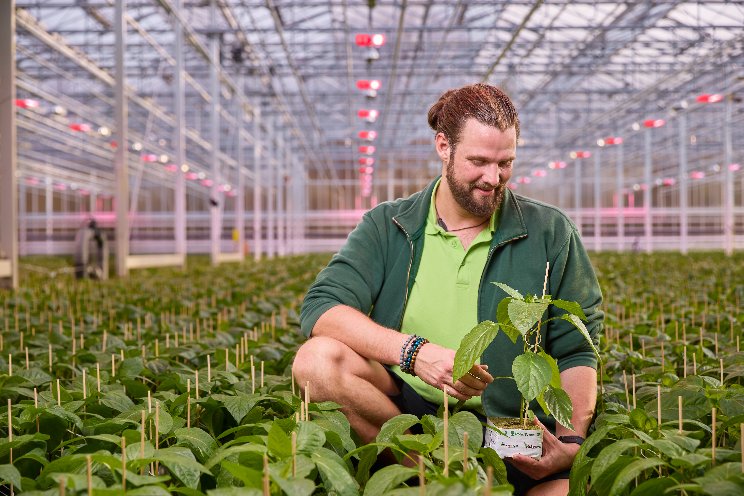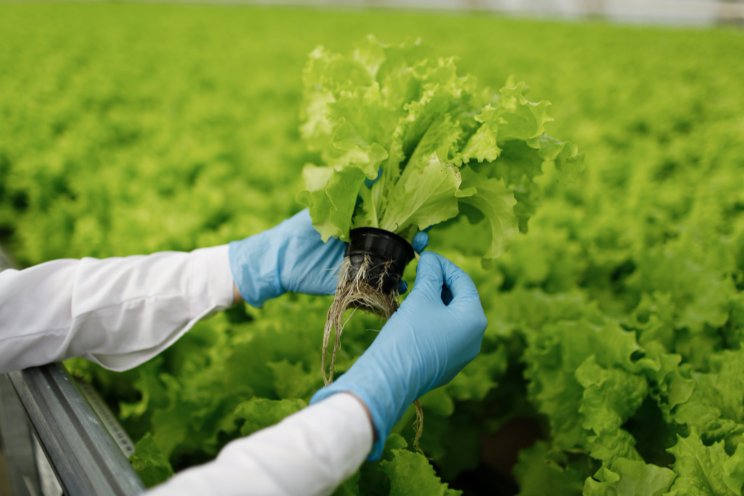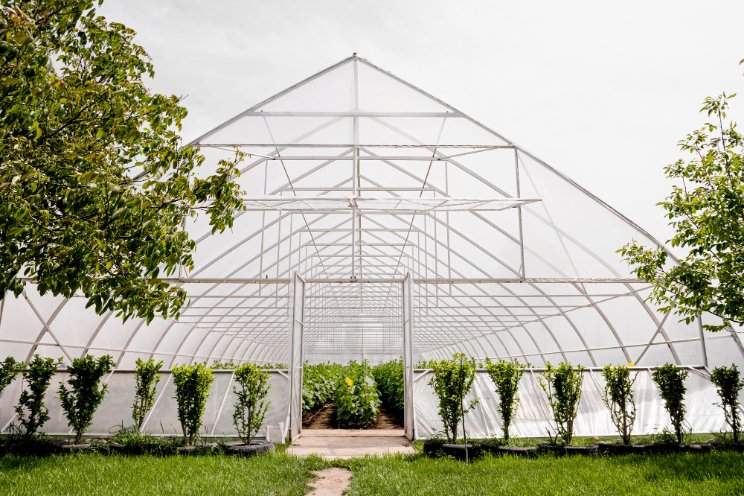Crop work and its impact on crop health and production
Added on 27 September 2023

Lowering the Plants
In crops like tomatoes, lowering the plants is a common practice to manage plant height and ensure that fruits are within easy reach for harvesting. Done correctly, this improves air circulation and light penetration, making the plants less susceptible to diseases like blight. However, if executed improperly, lowering can stress the plants, causing issues like stem breakage or root exposure. For instance, lowering the plants too quickly or too much can snap stems and dislodge support stakes, leading to plant injury and reduced productivity.
Leaf Removal
The purpose of leaf removal in many crops is to improve air circulation, reduce disease pressure, and enable better light penetration to lower leaves. Yet, excessive leaf removal can expose fruits to sunscald or lead to stress due to rapid transpiration. Incomplete or rough removal can also cause wounds that become entry points for pathogens, increasing the risk of disease.
Best Practices and Precautions
Timing: Conduct these operations when the plants are least vulnerable, generally in the cooler parts of the day to minimize water loss and stress.
Photo: ecoation.
More news















